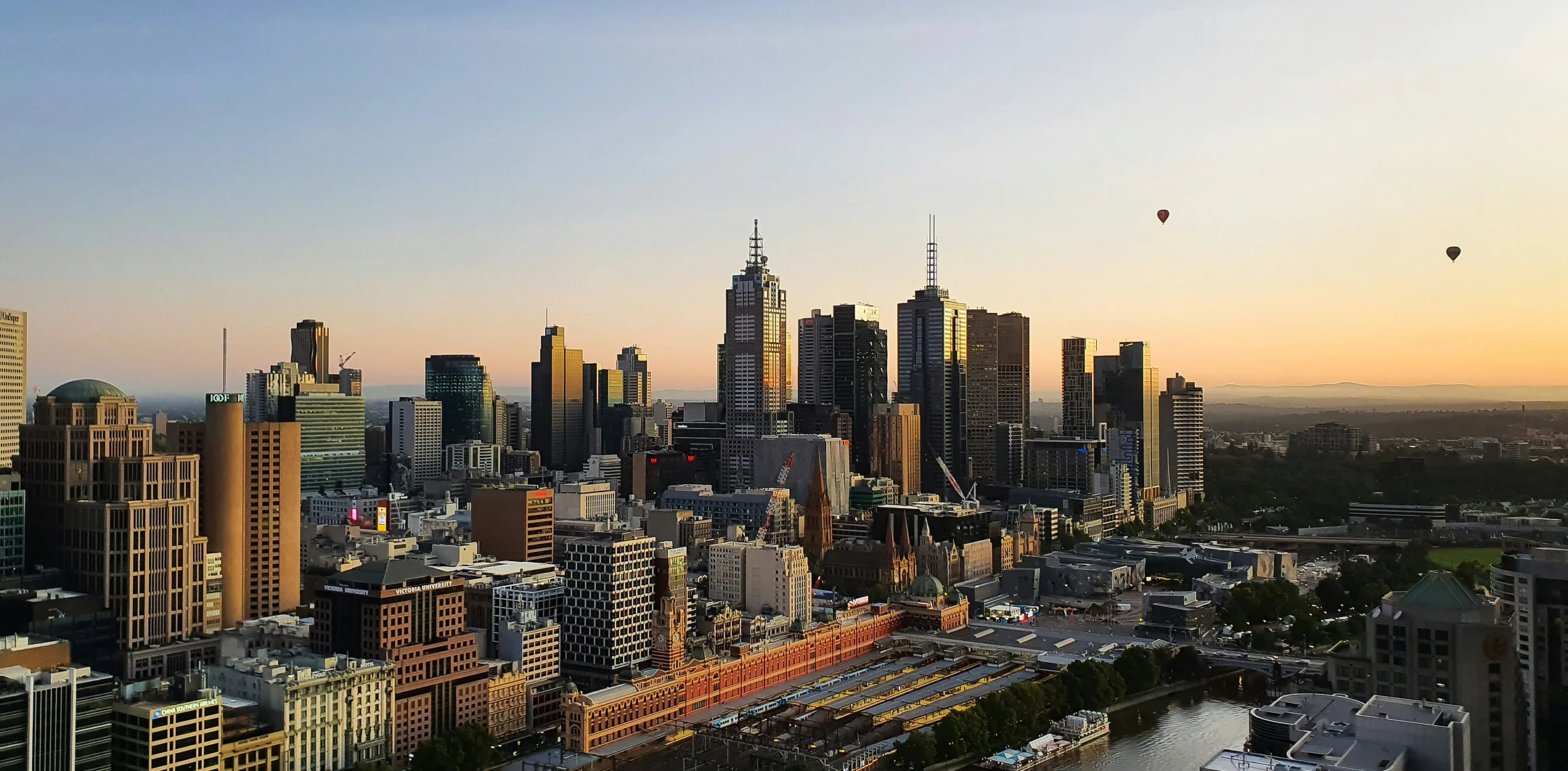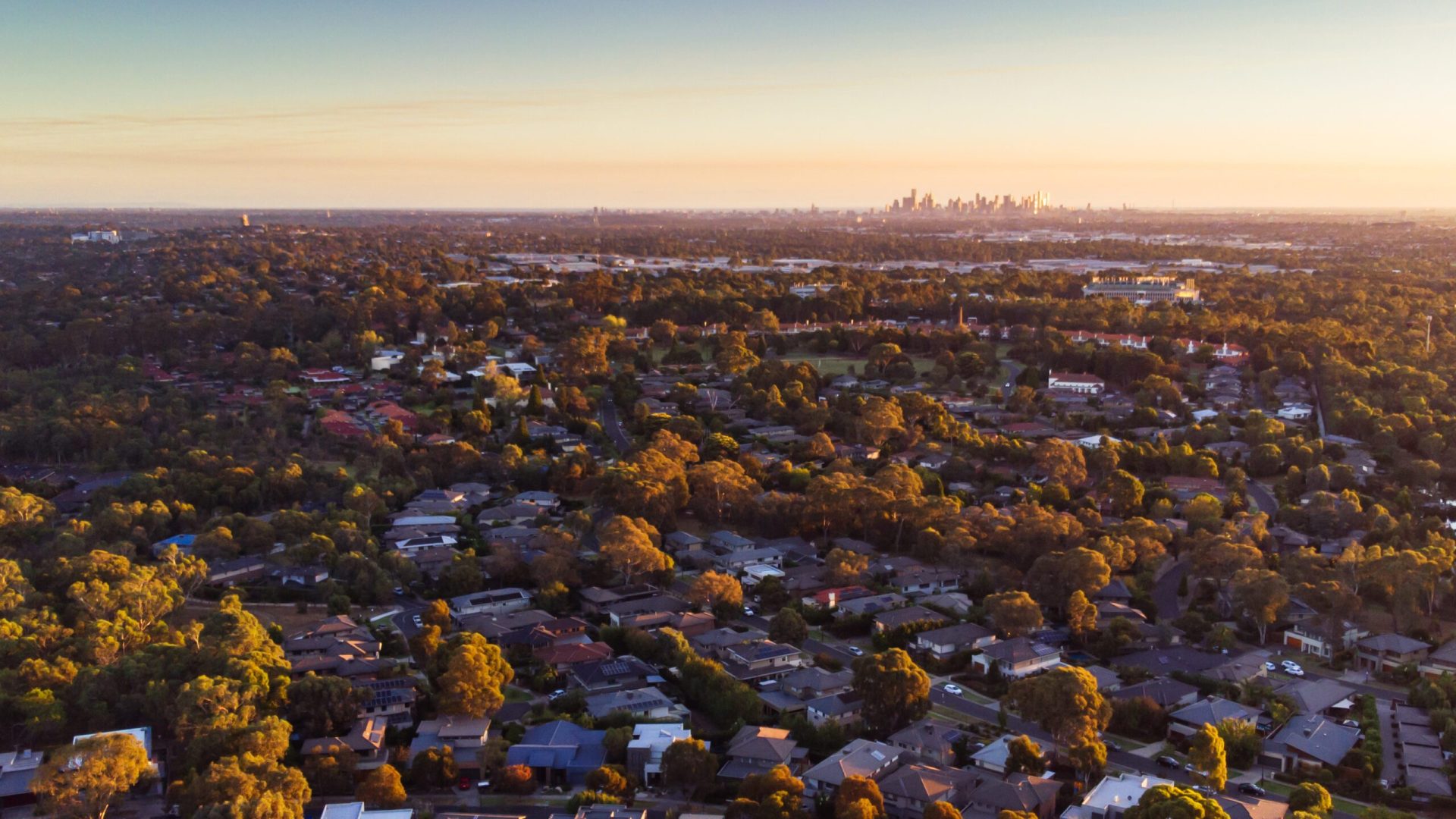By Ross Guest, Griffith University
It says radical policies are required to deflate this emerging housing bubble, such as a stamp duty on house purchases by foreign residents and government imposed controls on bank lending for housing.
The IMF’s analysis of global house prices – especially with respect to countries like Australia – is misleading.
It has focused on two measures of housing affordability: the ratio of house prices to household incomes and the ratio of house prices to rents. On both measures Australia’s house prices are one of the highest in the developed world – higher than the US and almost all of Europe.
In Australia the house price to income ratio is 30% above its historical average, behind only Canada and Belgium among the 22 advanced countries chosen by the IMF. Similarly, the current growth in house prices of 7% in Australia is the 7th highest among the 22 chosen countries.
But the IMF has ignored the preferred measure of housing affordability, at least in Australia, which is the proportion of income spent on housing costs. For home buyers (not renters) this is best measured by repayments on hew housing loans as a percentage of household disposable income. This measure is now around the average of the last 30 years for Australia at a little over 20%, and falling due to low and stable interest rates.
The typical standard variable housing rate has been at 5.95% since August 2013, which is the lowest rate on record except for a brief period at the depths of the global financial crisis (GFC) in 2009.
Also households are not piling up debt to buy houses like they were before the GFC. Household debt has been flat as a proportion of income since 2007. And household saving is at the highest level for 25 years.
What’s wrong with this picture?
This is not a picture of unsustainable house price growth in Australia. The same generally applies globally given that interest rates are typically even lower than they are in Australia.
It is true that house prices are going up globally, having slumped after the GFC. But even on the IMF’s figures global house prices are still 5% to 10% below their peak in 2007 – and even lower relative to other prices which have gone up over that time.
The IMF is wasting its time asking central banks to worry about house price growth. Central banks in the US, Europe and now Japan are deliberately pumping new money into the economy, and have cut their official interest rates to virtually zero in the hope of stimulating spending and jobs growth in the face of anaemic economic growth. Australia’s Reserve Bank has not had to resort to this, but for others, cheap money and plenty of it is the only policy they have left, given that government debt has reached unsafe levels in most countries preventing them from spending their way to stronger growth. Average government debt in OECD countries is now 110% of national economic output of goods and services.
However, as the famous analogy goes, cheap money is like pushing on a string. It won’t make households spend or businesses invest if they don’t have confidence in their economic prospects. Instead the money goes into assets like housing and the stock market, pumping up those asset prices. Central banks are relaxed about this. Indeed it is deliberate in the hope that rising wealth (on paper at least) will encourage consumption and investment spending. The risk of a housing or stock market bubble is seen as the lesser of two evils – the price that must be paid to try to stimulate spending on goods and services and to create jobs.
Foreign investors are not to blame
One of the IMF’s suggestions – a stamp duty on foreign purchases of investment properties – may have populist appeal to Australians who are worried about Chinese buyers inflating house prices here. It may appeal to the Australian government for this reason as well as being a revenue raising measure – and it is something they could do independently of any Reserve Bank action. But such a policy has dubious merit on balance.
Foreign investment, whether it is in domestic real estate or manufacturing or mining, tends to increase national wealth. If a foreign resident is willing to pay an Australian owner more for their asset than any Australian resident, why shouldn’t the owner sell? The owner’s, and Australia’s, wealth rises. The Australian dollar also rises which transfers income to all Australians since they can now buy goods and travel overseas more cheaply.
Of course not everybody wins. Potential buyers of Australian assets – in this case houses – find that they are more expensive than they otherwise would be. In simple dollar terms, the gains to the winners outweigh the losses to the losers – so in principle the losers can be compensated through the tax and subsidy system.
In short, Australia doesn’t have a house price bubble. Nor probably does the rest of the world at the present time. However even if it did, central banks would not likely do anything about it until their economies start to grow more strongly.
Ross Guest does not work for, consult to, own shares in or receive funding from any company or organisation that would benefit from this article, and has no relevant affiliations.








